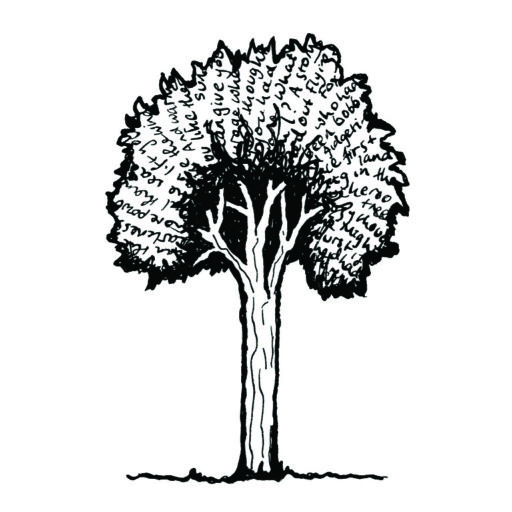
Earlier in the year, I brought you the story of Rowena and Herbie, the courting stone-curlews from Mulligans Flat Woodland Sanctuary near Canberra. Their budding romance was mentioned in ‘Rewilding Weeloo, the enigmatic bush stone-curlew’. Well, as a special Christmas treat, I’m thrilled to report that the happy couple now have their first chick. Dr Kate Grarock, Sanctuary Ecologist, assures me that the chick is doing well, and is sighted on camera every week (no doubt preparing to be a You Tube sensation in his/her own right).
But that’s not all. October 2015 saw the release of ten more captive-bred stone-curlews into the Sanctuary, and all have survived to date. And only yesterday, two of the newly-released birds (Lewis and Kay) were found to be protecting a nest with eggs (pictured above), much to the delight of everyone involved in Mulligan’s Flat.
The end of 2015 might leave us with some trepidation about the future. But life rolls on with sometimes surprising resilience, and many small moments of wonder.
- You can support the work of the Mulligans Flat Woodland Sanctuary by donating here.
- ‘Rewilding Weeloo, the enigmatic bush stone-curlew’ will be republished in the January edition of Zoomorphic, an online magazine dedicated to writing that deepens our connection with wildlife and the more-than-human world.


This is great news Paula, a couple of years ago AWC at Scotia sanctuary attempted to introduce BS Curlews without success. I saw them in the pre release acclimatisation pen, they did not seem at all happy. Since then I have heard that they frequent some suburbs of Brisbane. Maybe local cats are well fed. Seems we still have a lot to learn about our wildlife. Cheers, Peter
Hey Peter, those bush stone-curlews intrigue me. Yes they are regulars in some Brisbane suburbs and you should see them loitering around the Cairns esplanade at night, in groups, like a bunch of suspicious teenagers! But the situation is a lot more dire in southern Australia. Thanks for reading and commenting, cheers, Paula
Hi Paula, https://artlikker.wordpress.com/2015/05/26/re-wilding-in-melbournes-west/ is a post about species that have moved into an industrial wasteland due to efforts by locals to de-weed and replant, but I also notice some unexpected species moving into areas used by humans e.g. red-tailed cockatoo https://artlikker.wordpress.com/2015/08/20/wild-creature-become-new-residents-in-towns/
Why is it bs curlews have moved to some urban places? Are these species finding our cities and towns safer places to live than in bushland?(Do our domestic dogs keep rat/cats at bay?) Is food more available? (e.g.Red-tail black cockies eating cedar fruits in backyard gardens) I see more shore birds having moved into Melbourne than when I lived in regional seaside towns. All this intrigues me and I haven’t read any science which is looking at this. Maybe I am just plain wrong, I have not made systematic surveys, just observations.
Not sure if the bs curlews have moved into urban areas in Queensland, or if they just stayed where they already were when the humans built the suburbs. I don’t know much about the other examples you raise. But nothing stays the same for long. e.g. grey-headed flying foxes recently setting up permanent camps in Adelaide, Melbourne and Canberra where previously (in whitefella memory at least) there were none. Us humans also have a human-centric view of time and space (let alone resources and weather), and species and ecosystems move to a different drum (or perhaps a multitude of different drums). Cheers, Paula